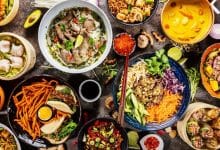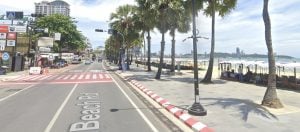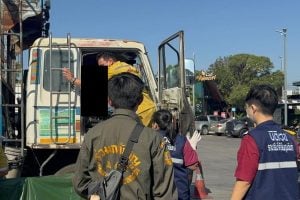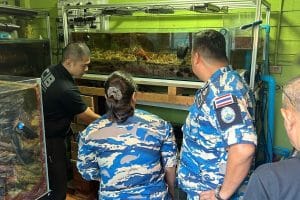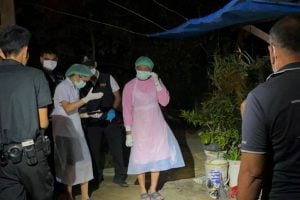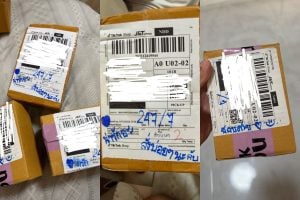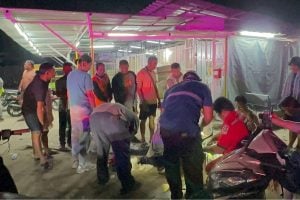The 5 Thai dishes most likely to harbour bacteria
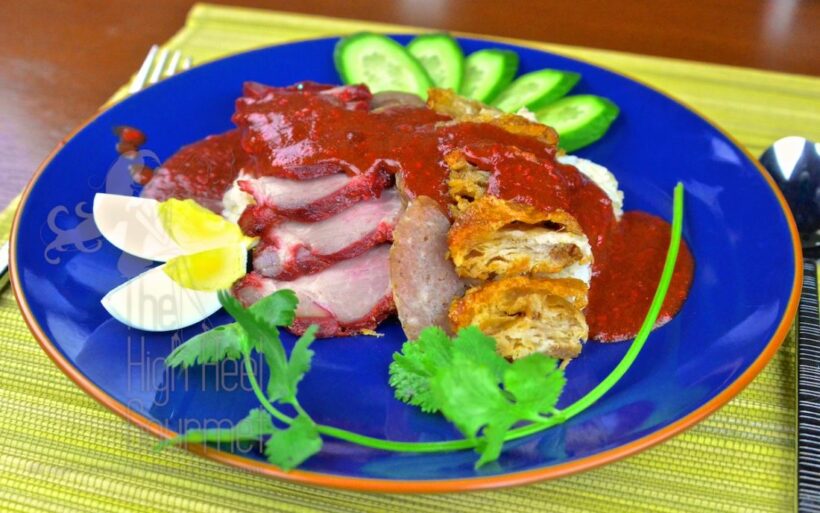
Research shared by Thai Residents reveals the 5 Thai dishes most likely to contain E-coli and other nasty bacteria.
They are Red Pork Rice, Crunchy Pork Rice, Chicken Rice, Pork Leg Rice, and Papaya Salad.
It’s believed that the reason for this may be that while many of the individual ingredients in these dishes are pre-cooked, they are then left to sit, increasing the chance of bacteria multiplying. When a dish is ordered, ingredients are then mixed together without being heated.
Wooden chopping boards are usually used to prepare many of the ingredients and these boards may not always be properly cleaned, making them an ideal playground for all kinds of germs.
The latest research has been carried out by The Nutrition Association of Thailand, under the Patronage of Her Royal Highness Princess Maha Chakri Sirindhorn, using 50 street food samples.
42% of the samples tested had higher than acceptable levels of micro-organisms, and 19 of the 50 samples were found to have high levels of E-coli.
There’s no doubt that street food can be delicious and safe and is an integral part of Thai life. It’s cheap, usually fresh, and usually cooked right in front of you.
But safety is key when choosing where to get your street food and one recommendation is to re-heat it at home before eating, if that’s an option.
Either way, it’s not something we plan to give up anytime soon – as with many situations in life, a little bit of common sense goes a long way.
SOURCE: Thai Residents
Latest Thailand News
Follow The Thaiger on Google News:
